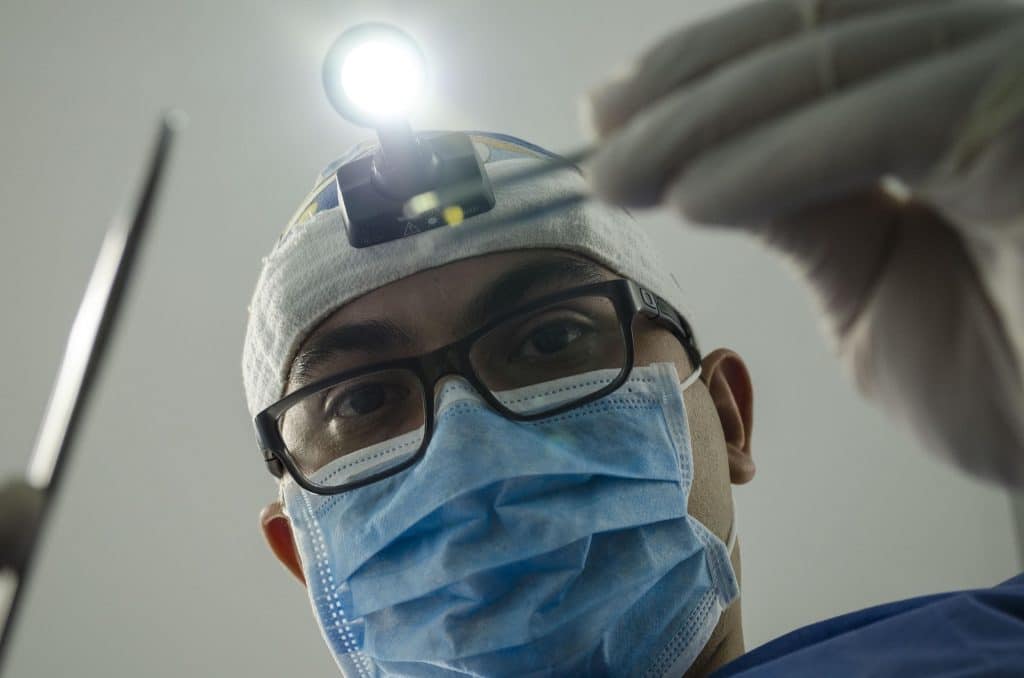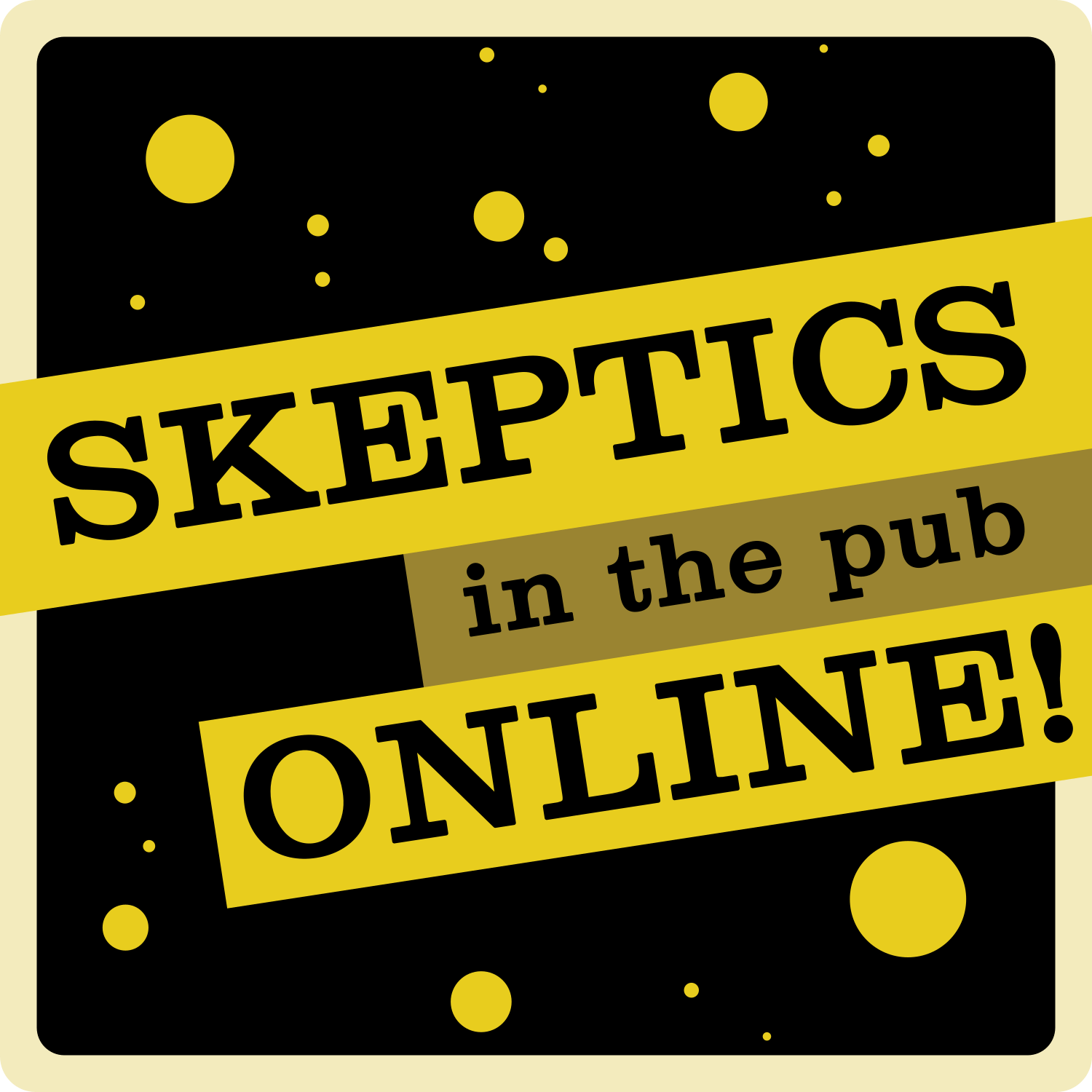On my long commute home from work one day, I passed a sign that read “Holistic Health and Healing Expo” and I was reminded of the events that Michael Marshall and Alice Howarth attend and talk about on the Skeptics with a K podcast. I wondered whether this might be something to see firsthand so I emailed the podcast website, asking if it would be worth my time.
The host was nice enough to reply encouragingly with some helpful tips as to how to make the most of my experience. I talked my wife, Aimee, who was rightfully leery, into going along for support – reassuring her that we were not going to be confrontational, but to witness first hand and try to understand why these events appeal to so many people.
At the Morgantown Expo Center, we paid $10 apiece to get a wristband for the day. Besides that, there was ample opportunity to spend money, but I only bought some incense sticks for my son at home. For our 10 dollars we got a swag bag with a very nice coffee mug, a sample of elderberry and echinacea tea, a plastic sachet of tiny purple crystals, a strange stick of wood from ‘Appalachian ShaMomma’ with a card reading “mountains are calling… You going to answer?” (I have no idea of its purpose, as I did not see the stand), and an array of literature.
Crystals, books, tuning forks, Buddha bells, little statues, art, potions, teas and herbs lined the hall in various booths and tables. Everyone, with few exceptions, seemed very genuine and nice. Most of the vendors seemed to be true believers in their areas of “expertise”. I guess I should not have been surprised at how many of the presenters were trained masters of their professions, many of which were sufferers who decided to take up the calling themselves.
The first stand we visited, we both later agreed, was the toughest thing we encountered – the Health Benefits of X39 Stem Cell Activation Patches, run by Dr J. Thomas Acklin MD, who told us he was a former Johns Hopkins-trained neuroscientist. Dr Acklin was very forthright, asking what our ailments were. Aimee told him that she had thyroid disorder. He said, “No you didn’t”. I also apparently did not have the diabetes, which would probably come as a surprise to those who diagnosed me. We were informed that medical professionals were being purposefully deceptive, but it was never explained as to how or in what way.

Dr Acklin explained that he was disillusioned by the medical profession, so he left to produce X39 for “Microbiome reconstruction… rapid minor pain relief, reduced inflammation, better sleep”, and a whole host of other things. His partner explained how our stem cells migrate throughout the body to regions of distress, once they’re called by a “targeted and specific light frequency”. And almost like they were immunological entities.
We, however, knew this was not the way stem cells work – Aimee and I each have master’s degrees in advanced biology. She works at a large pharma company and I work as Molecular Microbiologist in a laboratory. I also taught in biology, up until the pandemic. Stem cells are generated locally or in bone marrow where they do migrate to the need area as a response to cell signalling whereas our immune system searches for problems and reacts accordingly. Their patches were designed to produce light frequencies that penetrate skin when attached to problem areas such as shoulder pain or malfunctioning beta cells in the pancreas. This man was very taxing, and when the first lecture session was called over the loudspeaker, we gladly excused ourselves.
My favourite booth was our second stop, where we met Bob Micklus and the Flowers in the Forest. It had a cabinet with rows of little blue dropper bottles labelled with flower names. Bob, soft-spoken and diligent, explained how each of his solutions did not contain any of the plant on the label. Water, according to Bob, has memory. His solutions worked like what seemed to me to be homeopathy with a botanical twist. Bob pointed to a compendium of plants and their respective benefits, qualities like “divine healing” and “stress relief”. He touted something he called “Florida Water”, which I read later goes for $10 for around 60ml. Three drops go in a glass of water daily, though for extreme cases they could be taken undiluted.
I would say about 70% of the booths were tailored to women. My wife, who is in her mid-40s, remarked how most of the attendees were women about her age. Men made up only a small part of the crowd. When Aimee and I split up, some of the booth operators seemed reluctant to spend much time on me; I assume because I was not their target demographic. No one seemed ready or willing to explain Reiki to me in any great detail at any of the four booths I visited alone.
While I was doing my best to avoid being too confrontational with the vendors, the thing I found hardest to hold my tongue over was where people with real issues were looking desperately for answers and miracles that modern medicine could not provide. Aimee noted a severely disabled man using a wheelchair rolling in the door and, who she imagined, frustrated with established medical treatments, was desperately looking for miracles.
Overall, our first visit to a Holistic Health and Healing Expo was quite fun, although my wife was thoroughly worn out from the long one-on-one chats she had with people who seemed well-meaning and thoroughly convinced by their own bad ideas. It’s an adventure we will always remember. Will we be quick to repeat it? Who knows…



